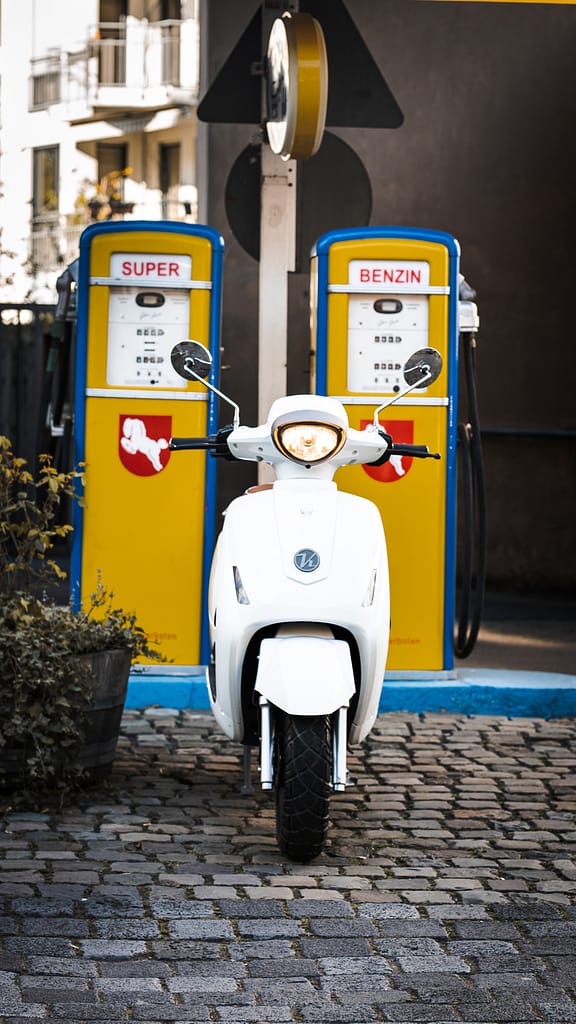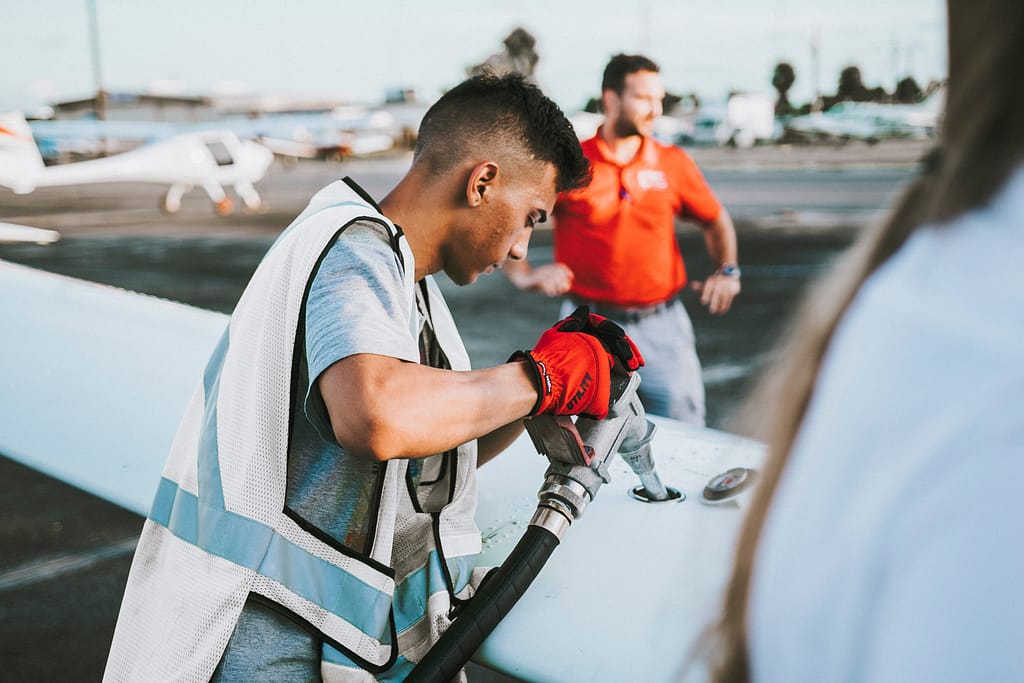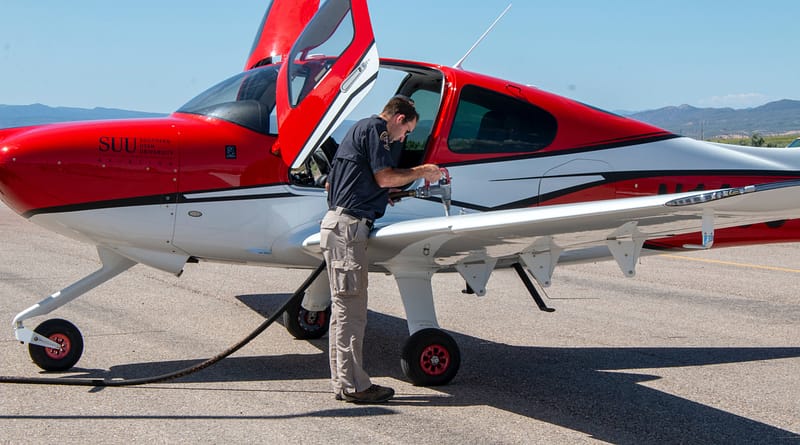Is Aviation Turbine Fuel Different From Petrol / Diesel?
Can you use Aviation Turbine Fuel (ATF) in your vehicle to give it the power of a Jet Engine? How does it differ from Petrol / Diesel? The answer to these questions is that, technically, ATF can be used to drive vehicles, and Toyota had once demonstrated the use of ATF to power a Pick-Up Truck as a publicity stunt.

What is Aviation Turbine Fuel?
Fuel is made up of hydrocarbon atoms and categorised into different types as per the density of the constituents. In a Fuel mix, longer and heavier fuels fall to the bottom, and the lighter atom chains float to the top. Some of the most common hydrocarbons in a fuel mix as per their density are natural gas with very light chains, followed by petrol, kerosene, diesel, lubricating oil, and then residual oils on the very bottom.
Aviation Turbine Fuel falls in between Petrol and Kerosene. Petrol (or Gasoline) has 7 to 11 atoms in a chain. Aviation Turbine Fuel is a little heavier than petrol, at around 12-15 atoms long and much closer to kerosene than petrol in composition.
Start dreaming about your next adventure and save up to 30% on hotels with Tripadvisor
Types of Aviation Turbine Fuel

There are two types of Aviation Turbine Fuel used in Jet Engines – Jet A and Jet B. The main difference between the two is the freezing point of the fuel, with Jet B having a much lower freezing point and is used in icy regions. Having a higher flash point (point of catching fire) is also an added advantage of using a kerosene base for the fuel. Combined with the lower freezing point, this gives aircraft a much wider and safer operating range. Kerosene-based jet fuel is formulated to suit the requirements of turbine engines that have no octane requirement and operate over a much wider flight envelope than piston engines.
Piston Engined aircraft use Avgas (Aviation Gasoline, also known as aviation spirit) in aircraft with spark-ignited internal combustion engines. Unlike motor gasoline, which has been formulated since the 1970s to allow the use of platinum-content catalytic converters for pollution reduction, commonly used grades of avgas still contain Tetraethyllead (TEL), a toxic substance used to prevent engine knocking (detonation). There are ongoing experiments aimed at eventually reducing or eliminating the use of TEL in aviation gasoline.
Some fuel providers include additives like anti-static chemicals, fluids to prevent corrosion of the tanks, de-icing agents to lower the freezing point, and chemicals with anti-bacterial properties.
Can Ships use Aviation Turbine Fuel?
A ship would typically require more Power and Thrust than a Jet Airliner. Ships use a derivative of diesel to generate power. Normally, ships require so much fuel that it ends up being incredibly expensive even to consider aircraft fuel. However, technically and for short trips, there is a possibility to use ATF in ships.

Aviation Turbine Fuel doesn’t freeze as quickly as petrol Photo: Getty Images
“As a very combustible petroleum product, Aviation Turbine Fuel can be used in a marine fuel blend”

But these are not standard times, and with less than 50% of all aircraft flying today, there is an abundance of availability of Aviation Turbine Fuel. Hence, we may see a trend of Aviation Turbine fuel moving to maritime operations. With the current price of a barrel of ATF at around 50% of its 2019 value, it looks like this practice may last some time.
What did you learn from the article? Let us know in the comments below.
Interested in more reading on such topics. Get more than 5000 newspapers and magazines for the annual cost of ONE NEWSPAPER, CLICK THE LINK BELOW.





Greetings! Very useful advice in this particular post! It is the little changes that make the greatest changes. Thanks for sharing!